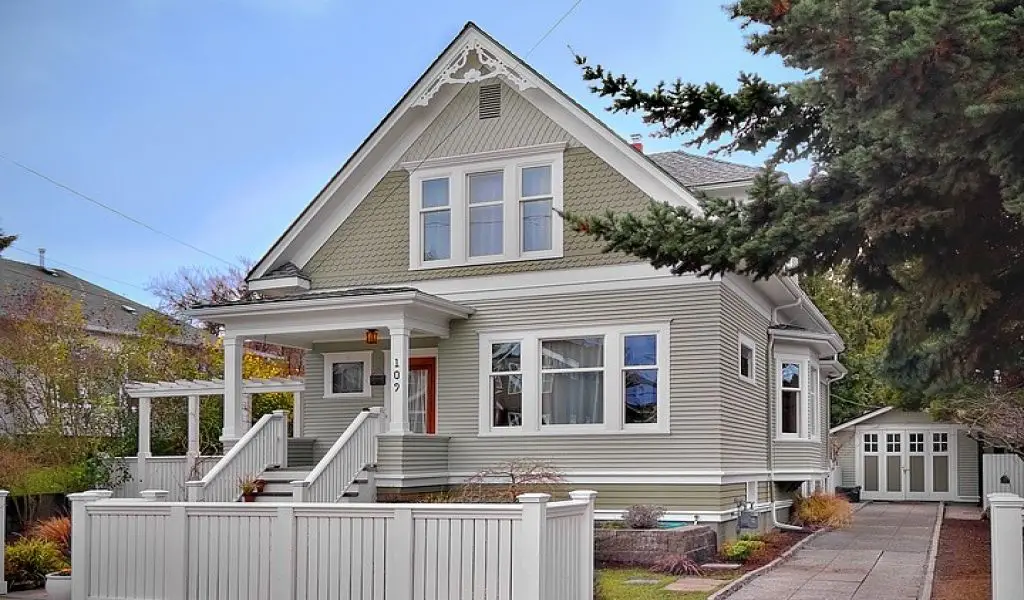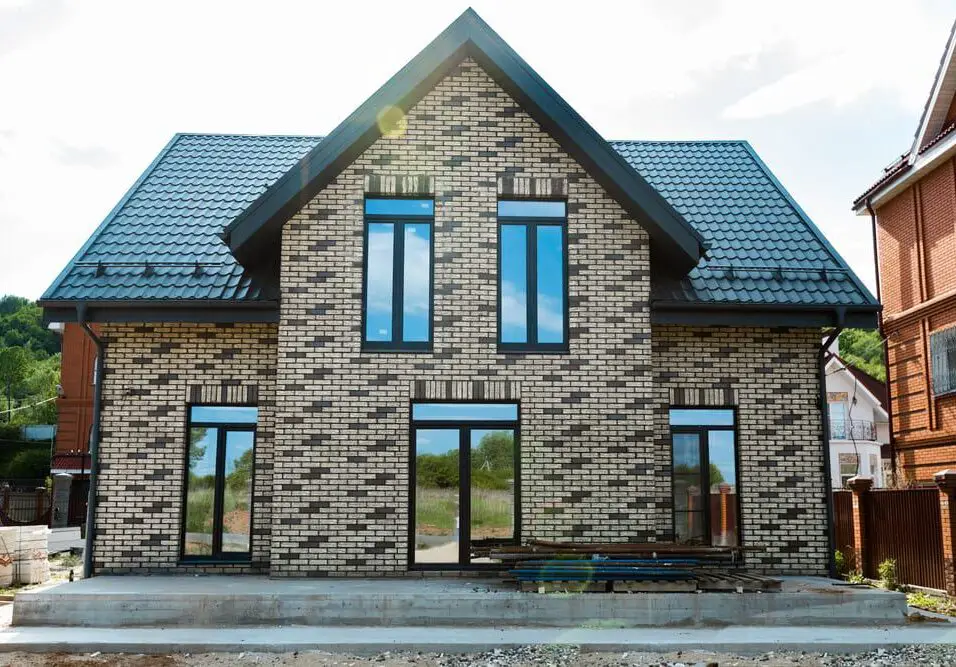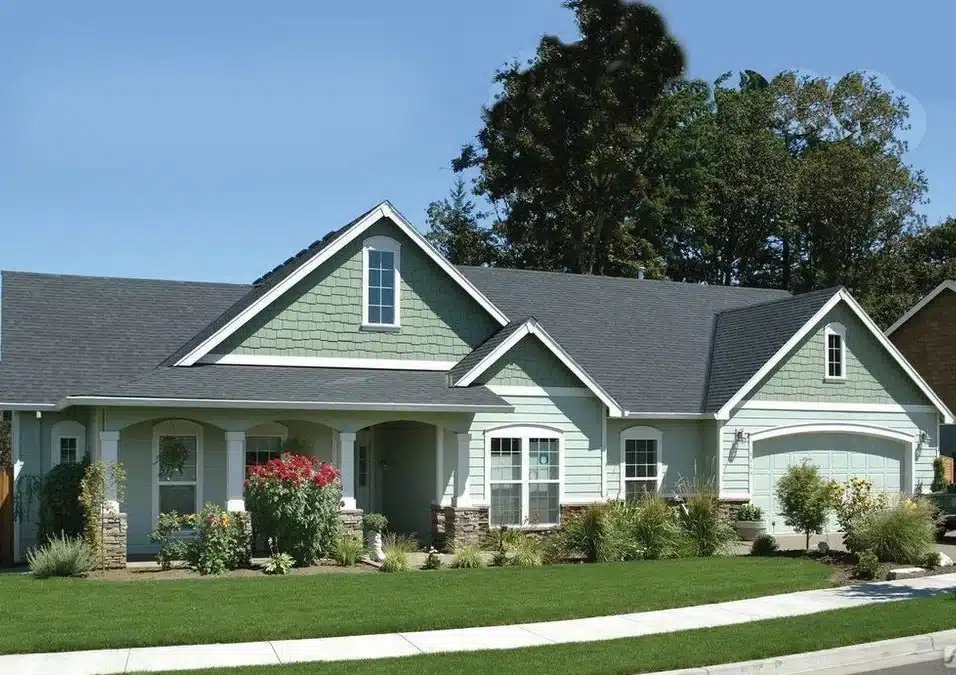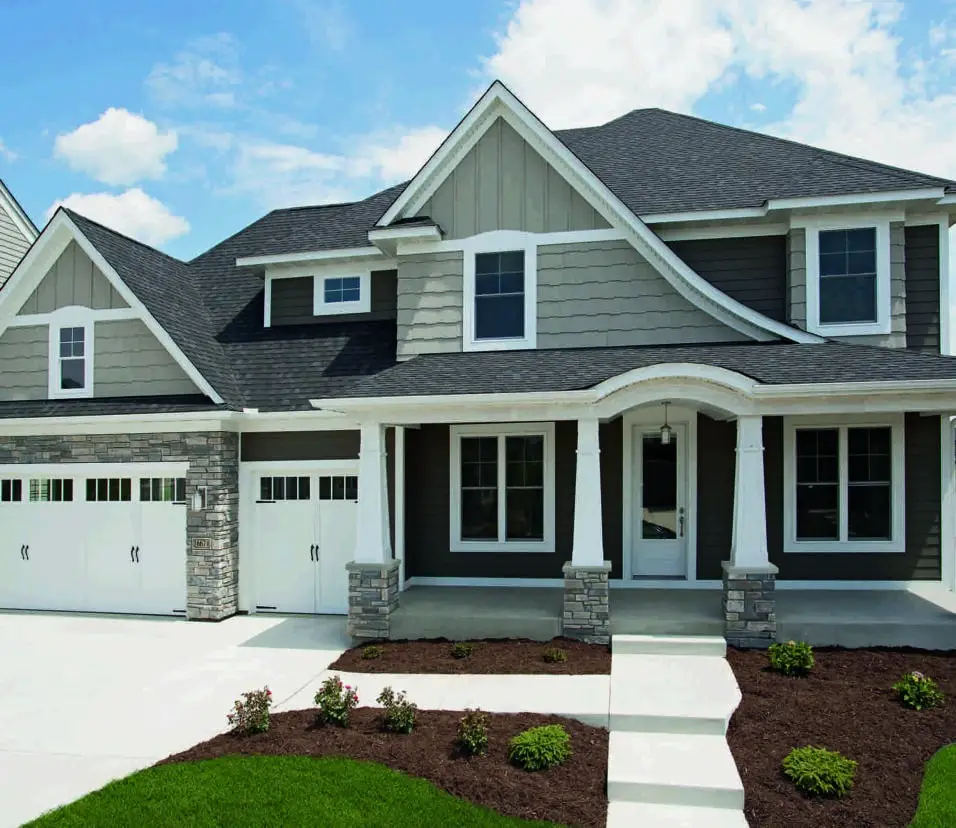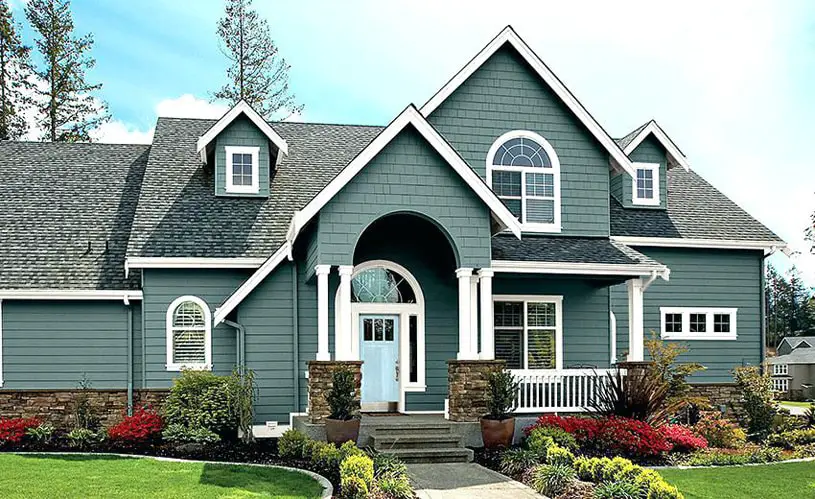What Color Trim With Alabaster Exterior
Introduction
What Color Trim With Alabaster Exterior: When it comes to home design, the interplay of colors can significantly impact the overall aesthetic and curb appeal. Choosing the right color trim for an alabaster exterior is a decision that carries both artistic and practical considerations. Alabaster, a soft and sophisticated hue reminiscent of natural stone, provides a versatile canvas for a variety of trim colors, each contributing a unique visual effect to the architecture.
Against the backdrop of an alabaster exterior, the choice of trim color plays a pivotal role in defining the character of the home. A crisp white trim, for instance, creates a classic and timeless appearance, accentuating the clean lines and elegant features of the architecture. This combination exudes a sense of sophistication and traditional charm, enhancing the exterior’s overall allure.
On the other hand, a contrasting trim color like a deep charcoal or rich ebony can add a modern and dramatic touch to the alabaster exterior. This bold choice creates a striking visual contrast that emphasizes architectural details and adds depth to the façade. Such combinations are favored for contemporary designs, where the interplay of light and shadow becomes an essential design element.
For those seeking a softer and more inviting atmosphere, pastel trim colors like pale blue or delicate blush can be paired with an alabaster paint exterior. This combination imbues the home with a gentle and inviting aura, evoking feelings of serenity and comfort.
Ultimately, the choice of trim color with an alabaster exterior depends on the desired effect and the overall design concept. Whether opting for a classic, modern, or inviting aesthetic, the harmonious blend of alabaster and trim colors can transform a house into a captivating work of art, making a lasting impression on all who behold it.
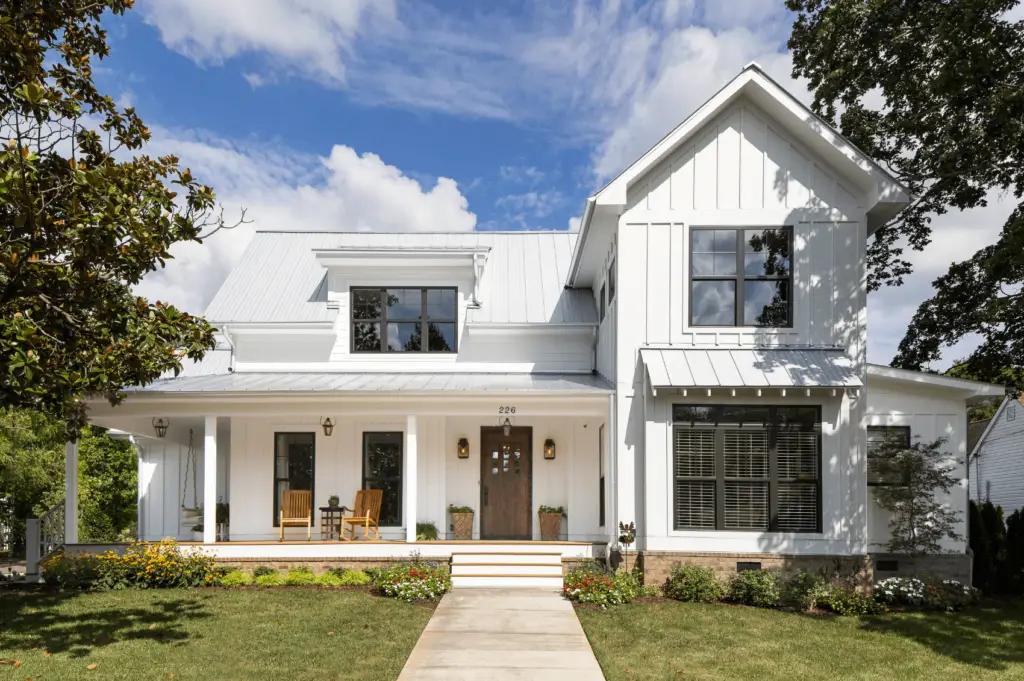
What trim color looks best with alabaster?
Alabaster looks good with SW Extra White trim (even though it shouldn’t!). It also pairs really well with SW High Reflective White and SW White Snow trim and ceilings.
Several trim colors go well with alabaster exteriors. A clean white trim is classic. This classic combination highlights alabaster’s delicate beauty, giving a clean, sophisticated, and welcome look. The contrast of alabaster’s mild undertones with white trim reveals architectural details and adds depth.
Modern and adventurous, deep charcoal or rich gray trim can be magnificent. This dramatic, modern contrast highlights the home’s lines and characteristics against the alabaster background.
Instead, soft pastels like pale blue or light beige might produce a relaxing mood. The modest appeal of alabaster is enhanced by these delicate trim colors, creating a warm and welcoming facade.
Trim color with alabaster varies on style and atmosphere. The appropriate trim color may transform an alabaster exterior into a compelling and well-balanced architectural masterpiece, whether embracing classic elegance, modern contrast, or relaxing delicacy.
What color matches Alabaster?
Alabaster White Color Palette
Try it with peach, navy blue and just a touch of bright orange for a bright yet soothing bedroom.
Alabaster, with its soft and neutral undertones, serves as a versatile base color that pairs harmoniously with a range of complementary shades. A natural match for alabaster is a warm and inviting beige. This combination creates a cohesive and soothing palette, evoking a sense of comfort and elegance.
Similarly, soft gray tones can beautifully complement alabaster, creating a serene and sophisticated ambiance. The gentle contrast between the two colors enhances architectural details while maintaining an overall sense of subtlety.
For a more vibrant touch, muted pastels like pale blush, light sage, or soft aqua can be combined with alabaster to infuse a delicate and charming character. These colors infuse a sense of freshness and personality into the space without overpowering the neutral essence of alabaster.
Rich, earthy tones such as warm taupe or deep olive can also create an intriguing and grounded contrast with alabaster, adding depth and dimension to the overall design.
In essence, alabaster’s neutral nature provides the opportunity to explore a wide spectrum of color options. The key lies in selecting hues that resonate with the desired ambiance and style, resulting in a harmonious and well-balanced aesthetic that transforms any space into a haven of visual delight.
What neutral color goes with alabaster?
Urbane Bronze SW 7048, Kilim Beige, Gray Area SW 7052, Worldly Gray SW, and Accessible Beige pair beautifully with Alabaster. You also can’t go wrong using it with a black paint color or a warm gray color like SW Dorian Gray.
When seeking a neutral color that harmonizes gracefully with alabaster, taupe emerges as a prime choice. Its warm undertones align seamlessly with the softness of alabaster, creating a tranquil and inviting atmosphere. The combination of alabaster’s muted elegance and taupe’s earthy subtlety fosters a timeless and versatile backdrop for various design styles.
Another excellent neutral companion for alabaster is a soft, warm gray. This pairing exudes sophistication and contemporary charm, allowing architectural details to shine while maintaining a sense of balance and serenity. The contrast between alabaster’s creamy warmth and the cool undertones of gray adds depth to the space without overwhelming it.
For a slightly bolder approach, a subdued greige—a blend of gray and beige—can complement alabaster beautifully. This fusion of tones strikes a harmonious balance between cool and warm, offering a nuanced palette that invites creativity and versatility in design choices.
Ultimately, the synergy between alabaster and a chosen neutral shade depends on the desired ambiance and style. Whether aiming for understated elegance, modern flair, or a soothing retreat, the pairing of alabaster with a compatible neutral color results in a refined and captivating space.
Is Alabaster too white for exterior?
Alabaster is one of the best white paint colors because of its softness. Its popularity comes from the WIDE RANGE of projects it can be used on, including walls, exteriors, cabinets, trims, ceilings, and furniture – it’s a great go-to shade of white!
Alabaster, as a color, tends to be softer and more subdued than a pure, bright white. While it may appear quite light, it is not typically considered “too white” for exterior applications. Alabaster’s gentle undertones often include hints of beige or gray, giving it a slightly warmer and more versatile character than a stark white.
In exterior design, alabaster can be an excellent choice for those seeking a clean and elegant look without the starkness that can sometimes accompany a brilliant white. Its subtle nuances make it well-suited for creating a timeless and sophisticated facade that doesn’t overwhelm the senses. Alabaster offers the benefits of a neutral backdrop while allowing for architectural details to shine.
It’s important to consider factors like lighting, surrounding landscape, and the desired overall aesthetic when selecting exterior colors. Alabaster’s subdued charm can harmonize with a variety of architectural styles, lending a classic yet inviting feel to the exterior while avoiding the potential for being overly white or glaring.
Could you describe how a deep charcoal trim creates a distinct contrast against an alabaster exterior?
Deep charcoal trim and alabaster exterior create a stunning contrast that improves the architecture’s aesthetic impact. The contrast between charcoal’s dark intensity and alabaster’s gentle, neutral tones creates a dynamic light and shadow effect.
This contrast highlights the home’s architectural characteristics, highlighting edges, lines, and design features. A dramatic charcoal trim frames windows, doors, and other components, lending depth and character to the exterior. In contemporary or minimalist designs, the dramatic contrast between the two colors provides drama and modernity.
In contrast to the alabaster background, the dark trim gives the building’s facade structure and presence. The charcoal trim adds elegance and refinement to the entire image, making a lasting first impression. The mix of deep charcoal and alabaster shows how color contrast may affect external design.
What are the benefits of choosing a pastel trim color, like pale blue, to enhance an alabaster exterior’s ambiance?
Opting for a pastel trim color, such as pale blue, to enhance an alabaster exterior brings a myriad of benefits that contribute to the overall ambiance and appeal of the home. The delicate nature of pastel shades harmonizes seamlessly with alabaster’s soft neutral tones, resulting in a gentle and inviting aesthetic that exudes a sense of tranquility and comfort.
The pastel blue trim creates a soothing contrast against the alabaster backdrop, evoking a serene and airy atmosphere. This combination is particularly effective for creating a coastal or cottage-inspired look, evoking feelings of relaxation and nostalgia. The subtlety of the pastel shade maintains a cohesive and balanced appearance, allowing architectural details to shine without overwhelming the senses.
Moreover, the pale blue trim infuses a touch of personality and charm into the exterior design. It imparts a sense of playfulness and uniqueness while retaining the understated elegance of alabaster. This combination can evoke a sense of timelessness, reminiscent of classic homes and vintage aesthetics.
Ultimately, the marriage of pale blue and alabaster presents a well-balanced composition that offers both visual interest and a warm welcome. The pastel trim’s ability to infuse character and a refreshing ambiance makes it a captivating choice to enhance the alabaster exterior’s overall ambiance.
How does the choice of trim color contribute to the overall curb appeal when paired with an alabaster exterior?
House curb appeal depends on the trim color chosen to match an alabaster exterior. The trim color frames the architectural details, providing depth, character, and visual interest to the facade.
Your alabaster exterior may seem classy and ageless with the right trim color. A classic white trim highlights clean lines and precise details, giving the sense of subtle sophistication. However, a deep, contrasting trim color like rich charcoal can add a modern edge and draw attention to the architecture.
The alabaster base and trim color match to provide the external tone. A bolder contrast can thrill and individualize, while a balanced blend can bring harmony. The combination of alabaster and trim color enhances the home’s curb appeal, leaving a lasting impact on pedestrians and visitors.
Can you elaborate on the aesthetic impact of pairing a soft gray trim with an alabaster exterior, particularly in terms of architectural features?
Pairing a soft gray trim with an alabaster exterior creates a stunning and harmonious look that highlights architectural elements. A slight yet distinct tonal contrast between the soft gray and alabaster highlights the home’s exquisite design.
The soft gray trim elegantly frames windows, doorways, and other architectural details. This framing effect gives the facade depth and refinement. These colours establish a subtle mix between warmth and coolness, emphasizing modernism and timelessness.
The soft gray trim draws attention to architectural characteristics like moldings, eaves, and other subtle details. This combination gives the outside a coherent, intentional look that boosts curb appeal.
The combination of soft gray trim and an alabaster exterior highlights architectural details and gives the home a welcoming, long-lasting beauty.
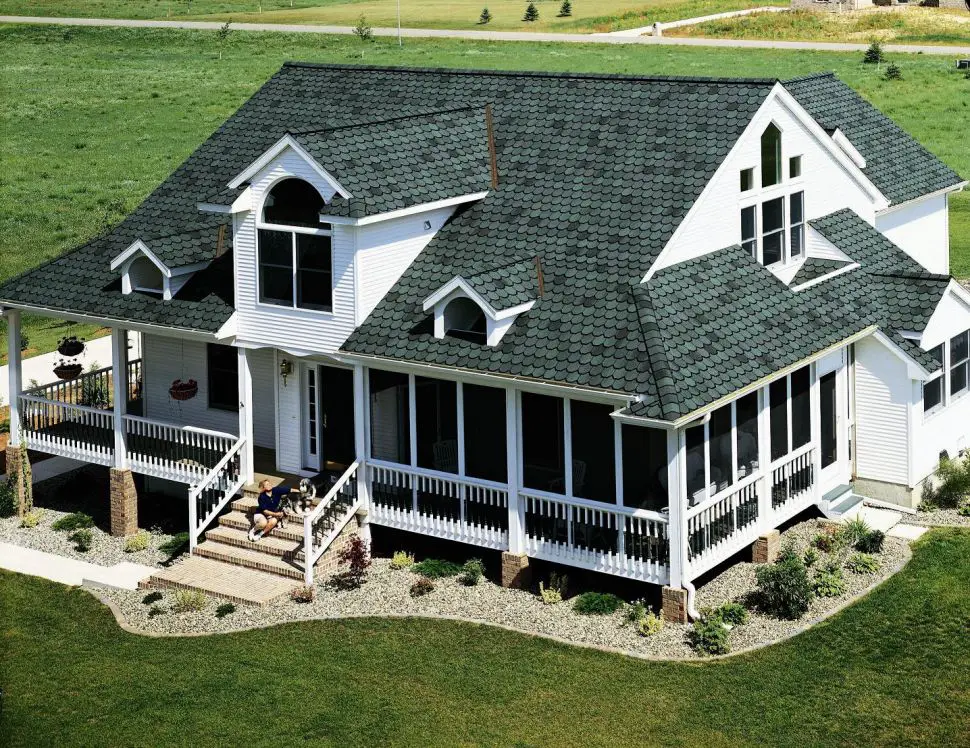
Conclusion
In the realm of exterior home design, the color palette serves as a powerful tool for expressing personal style and architectural character. Selecting the ideal trim color to complement an alabaster exterior involves a delicate balance between tradition and innovation, aesthetics and practicality. As we’ve explored the myriad options available, it’s clear that the choice of trim color has the remarkable ability to shape the narrative of a home’s visual story.
Whether one opts for a classic white trim to evoke timeless elegance, a bold contrast for a contemporary statement, or a gentle pastel for a cozy ambiance, the interplay between alabaster and trim hues creates an enchanting dialogue. These carefully curated combinations invite onlookers to appreciate the nuances of design, drawing attention to architectural features and enhancing the overall curb appeal.
As seasons change and design trends evolve, the alabaster exterior remains a steadfast backdrop, accommodating a plethora of trim color possibilities. It is a canvas that adapts to diverse visions, embracing the creativity and personal taste of homeowners. In the end, the harmony achieved between alabaster and its chosen trim color transforms not only the façade but also the entire atmosphere, turning a mere house into a welcoming and captivating home that reflects the spirit of those who dwell within.



